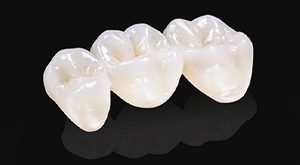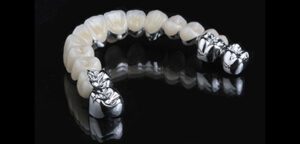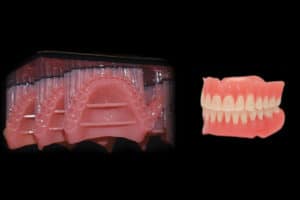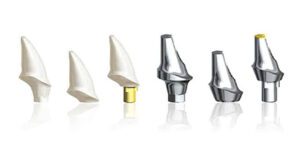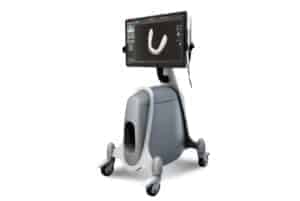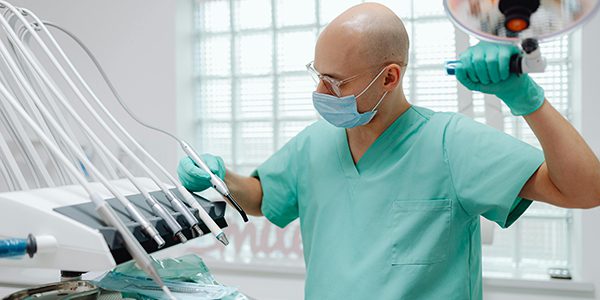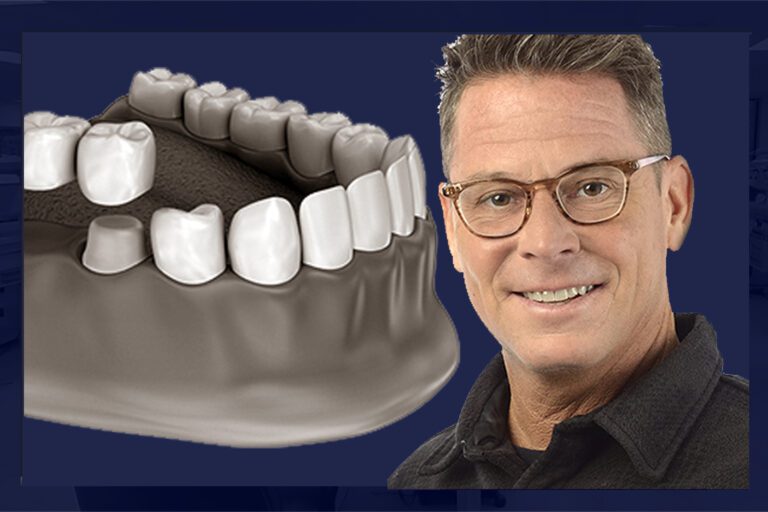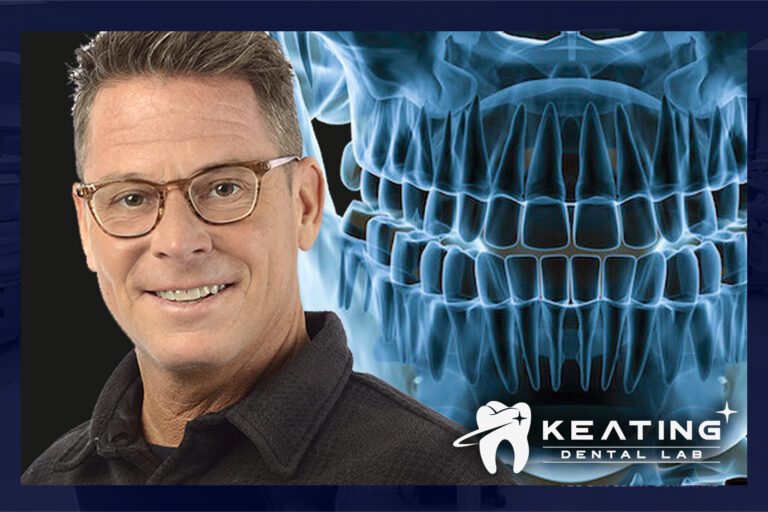As 3D printing has grown, the medical community — especially dentistry — has begun to see its potential. The technology is becoming more accessible, and companies are developing materials that are safe to use for medical devices. 3D printing has begun to change the dental industry, from impression trays to tools to implants.
3D Printing in Dentistry
The Background of 3D Printing in Dentistry
Patents for 3D printing techniques were first filed in 1984, long before many realized the potential. 3D printing covers multiple specific techniques. This includes fused deposition modeling, laser sintering, stereo lithography, digital light processing, laminated object manufacturing, and more.
As countries like the US, Germany, and China continue to develop more 3D printed dental products, we’re going to see an increase in every day use.
Capabilities of 3D Printing for Dentists
Two years ago, an article spoke about printing a tooth in mere minutes. The CEREC technique is similar and has been in existence for about three decades, but 3D printing is allowing dentists to work with higher detail. This means that implants will look incredibly similar, and they will be “perfectly imperfect” to mirror existing teeth.
The market for dental and medical prosthetics is highly lucrative, which means many 3D printing companies are feeling the pressure to release products that will fill that gap.
The Impact of 3D Printing for Dentists
What does this mean for dentists? Staying up to date with the current and future technology is key for dentists, because it gives us a chance to find options that better suit our patients’ needs. Imagine not waiting a week for veneers or implants and being able to serve your patients more efficiently!
3D printing has the potential to drastically disrupt the industry. (That is, if it hasn’t already.) The crucial thing to remember, though, is that we need to maintain the quality of care our patients expect from us. If 3D printing hasn’t reached that point for certain applications, then we need to pick and choose our application of this technology.
Final thoughts: 3D is maybe the future of all dentistry
At Keating Dental Lab, we’re committed to blending the latest technology with handmade aesthetics. We also know that not every dentist is able to invest in new technology, so we want to have multiple manufacturing options available. 3D printing is the future for parts, if not all, of dentistry, but we’re not quite there yet. For now, we’ll be focusing on the best technology to suit your needs, while keeping an eye on the current developments.

